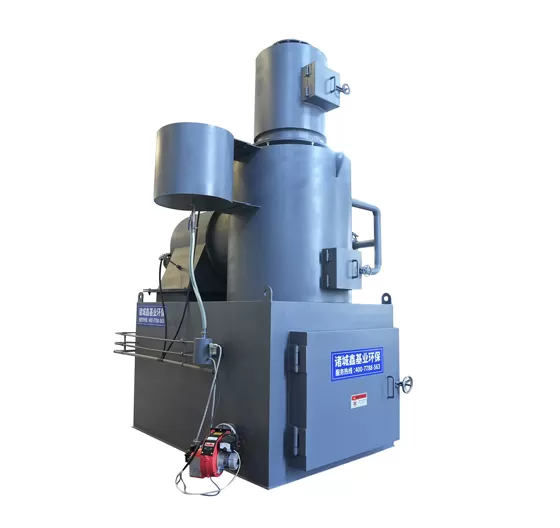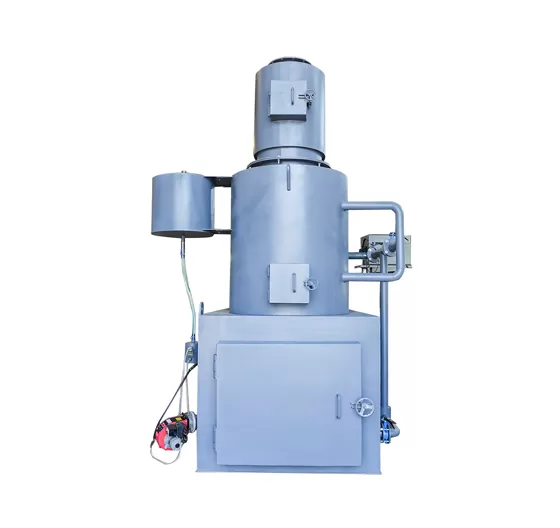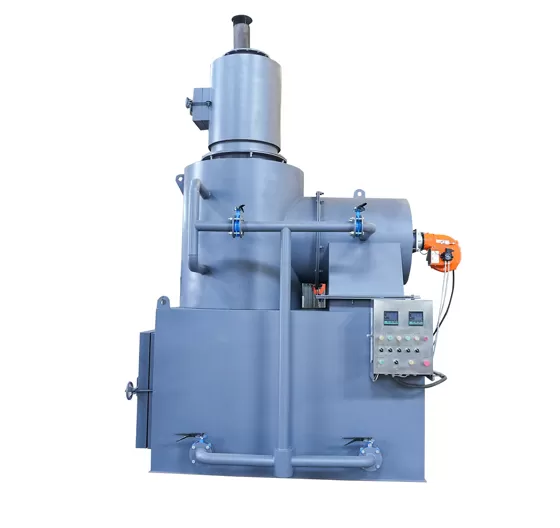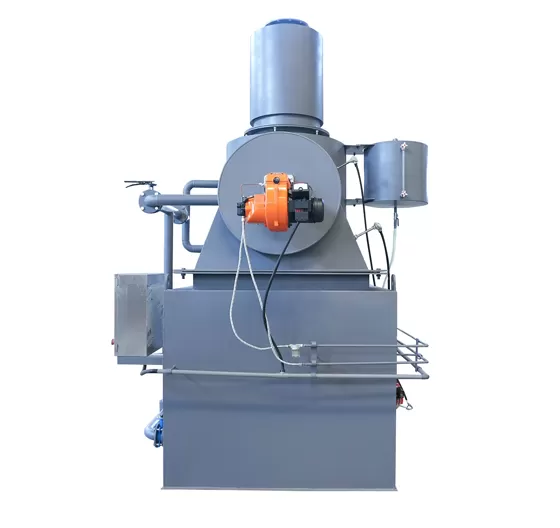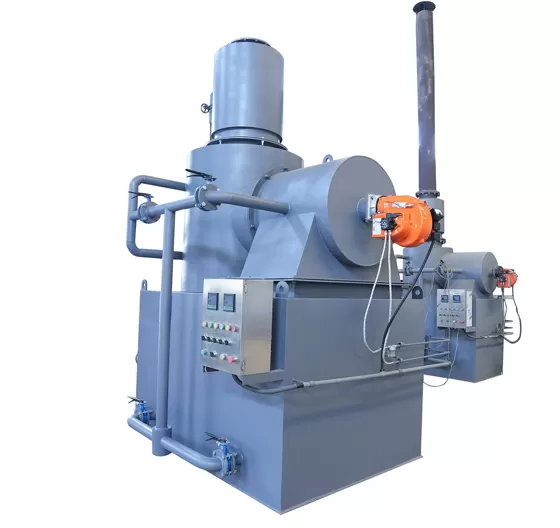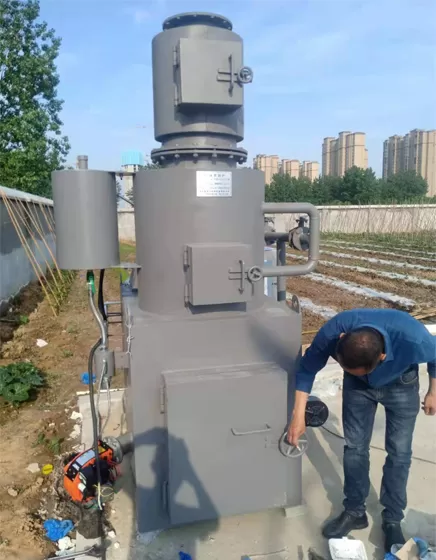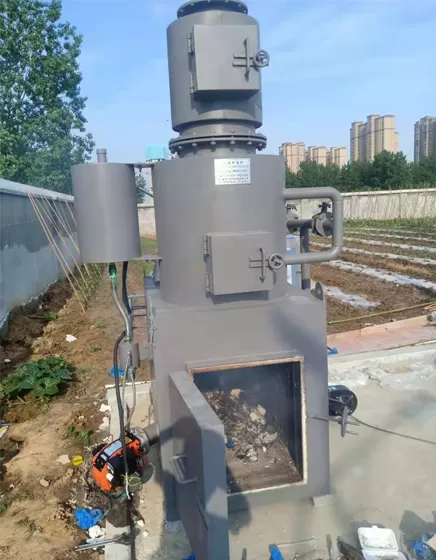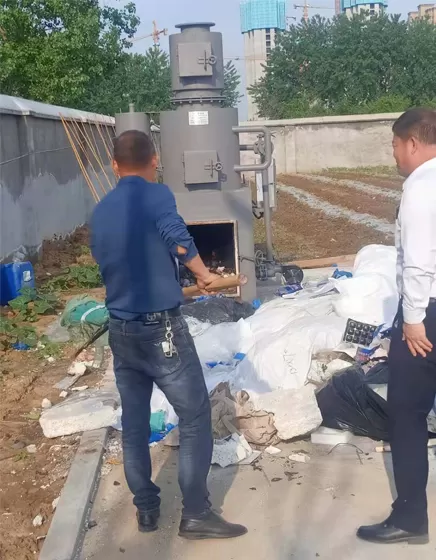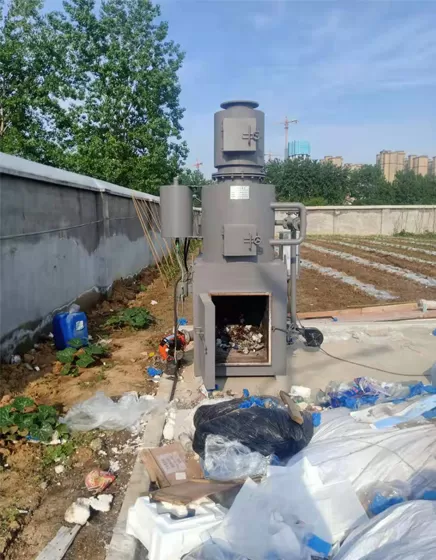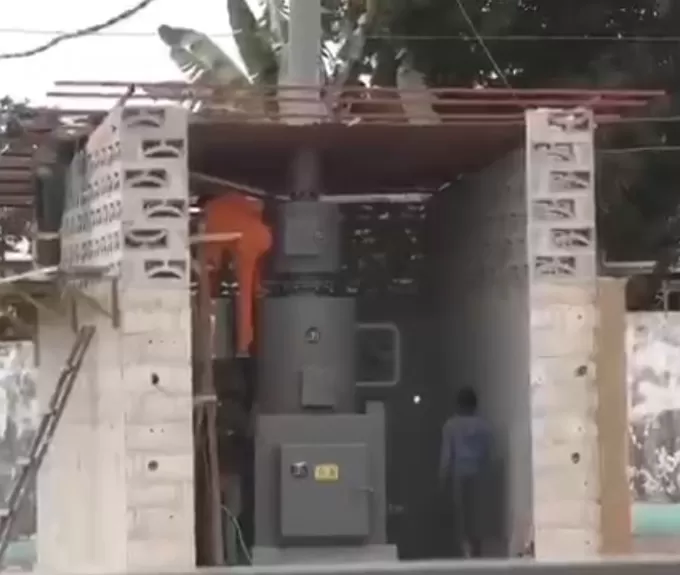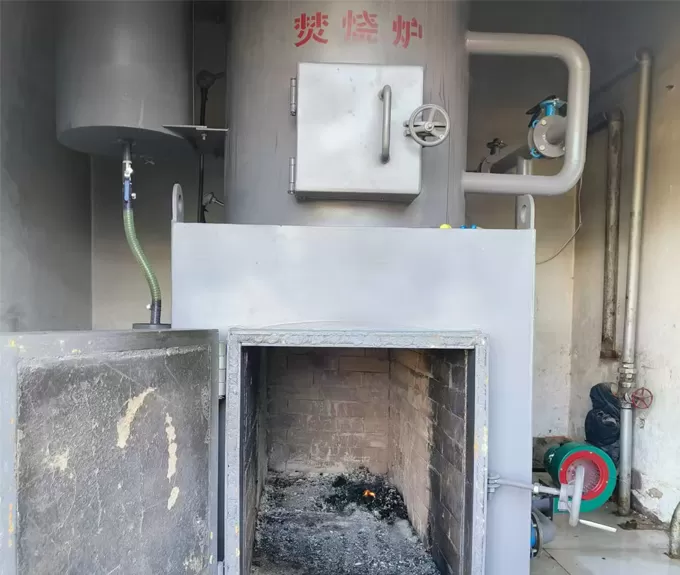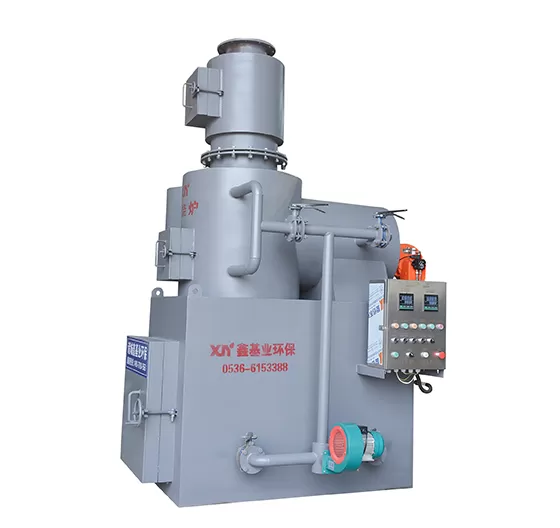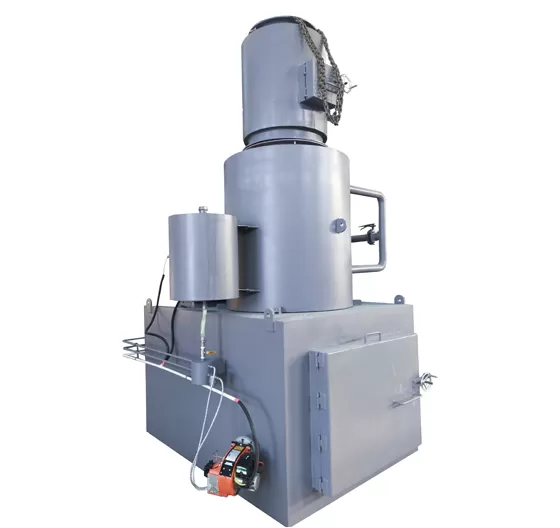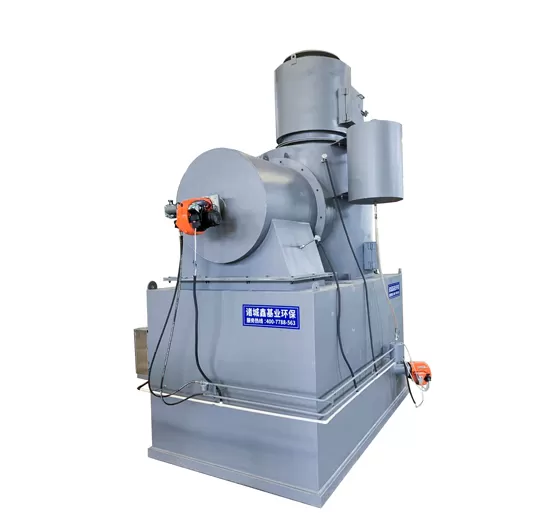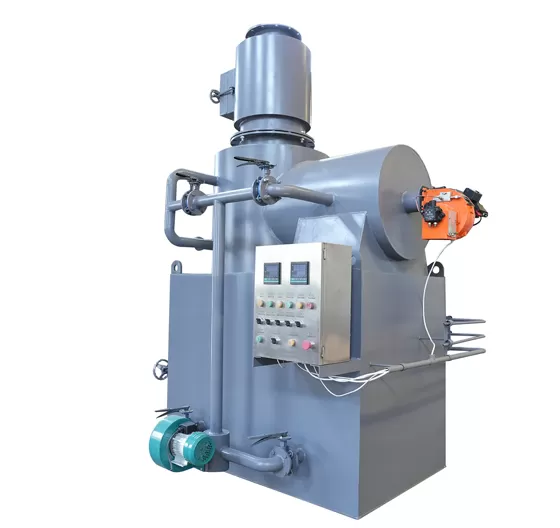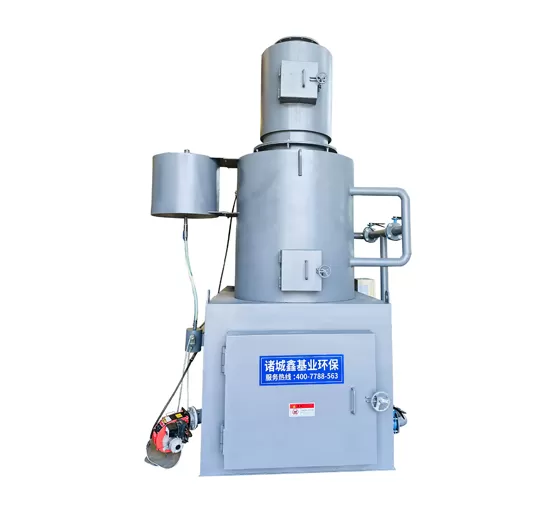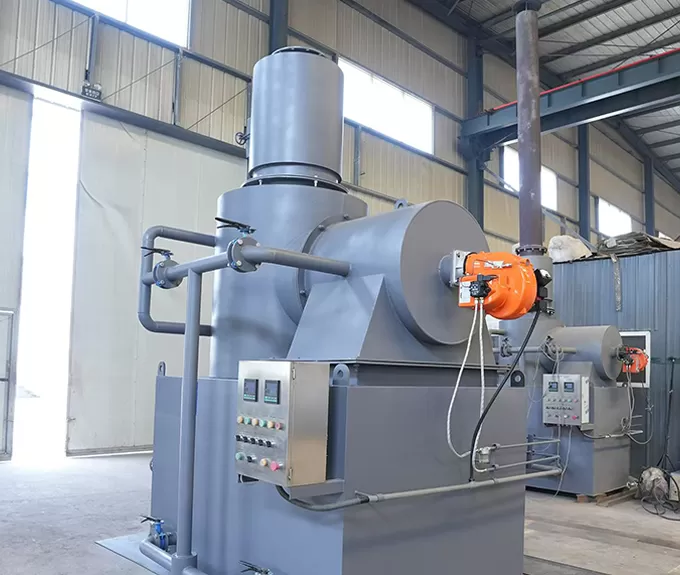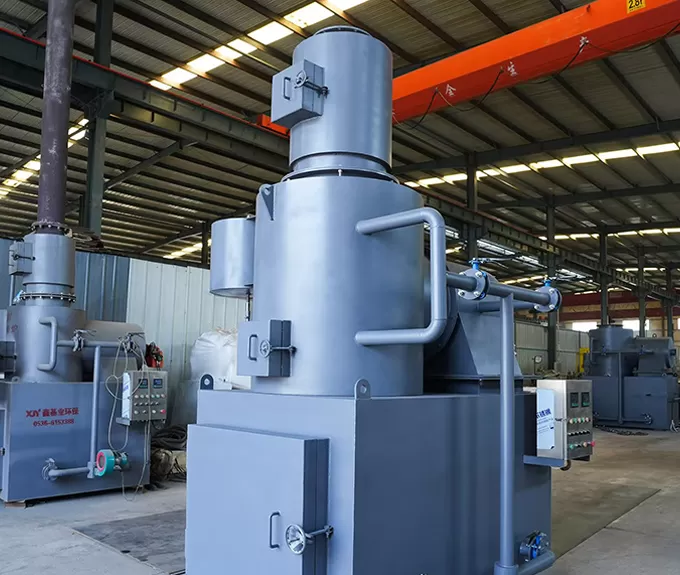A medical waste incinerator is a specialized device designed to safely and efficiently dispose of hazardous medical waste through high-temperature combustion. This method is crucial for managing waste generated by hospitals, clinics, laboratories, and other healthcare facilities.
Understanding Medical Waste Incineration
Medical waste incineration involves burning waste materials at controlled high temperatures, typically between 800°C and 1,200°C (1,472°F and 2,192°F). This process effectively destroys pathogens, reduces waste volume by up to 90%, and converts solid or liquid waste into ash and flue gases. The high temperatures ensure that infectious agents, such as bacteria and viruses, are neutralized, significantly reducing the risk of disease transmission.
Key Features and Functions
1. Pathogen Elimination: The intense heat of incineration destroys harmful microorganisms, making it a critical method for handling infectious waste.
2. Volume Reduction: Incineration significantly reduces the physical volume of waste, transforming bulky materials into ash. This not only conserves landfill space but also simplifies the disposal process.
3. Emission Control: Modern incinerators are equipped with advanced air pollution control systems, such as dry or wet scrubbers, to capture and neutralize harmful emissions. These systems help ensure compliance with strict environmental regulations.
4. Fuel Options: Incinerators can operate on various fuels, including diesel, natural gas, or LPG, providing flexibility based on local availability.
5. Customizable Capacity: Incinerators come in a range of sizes and capacities, from small units suitable for clinics to large systems for hospitals. This allows healthcare facilities to choose the right size based on their waste generation.
Types of Medical Waste Incinerators
1. Controlled Air Incinerators: These are the most common type, regulating air supply to maintain optimal combustion conditions.
2. Excess Air Incinerators: These systems use additional air to ensure complete combustion, particularly useful for waste with high moisture content.
3. Rotary Kiln Incinerators: These advanced systems are capable of handling large volumes of waste, including irregularly shaped materials.

